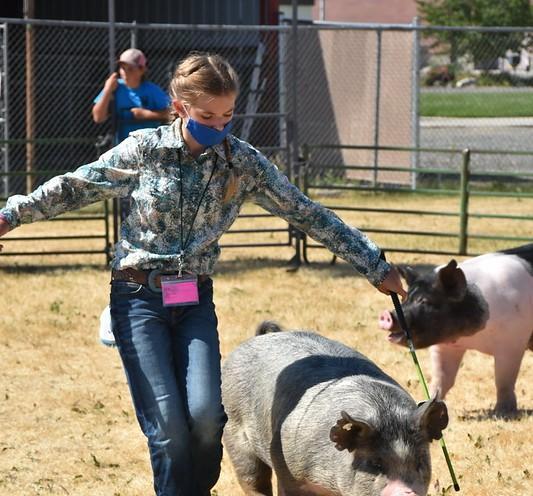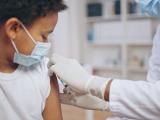Rural US counties with low COVID-19 vaccination rates had 2.4 times more infections per 100,000 people than urban counties amid the summer 2021 Delta surge, according to a study published yesterday in JAMA Network Open.
A team led by University of Cincinnati researchers conducted an ecological data visualization analysis using Johns Hopkins University and Centers for Disease Control and Prevention (CDC) data to investigate the link between rates of COVID-19 vaccination and Delta COVID-19 infections from Jul 1 to Aug 31. Colorado, Georgia, Texas, Virginia, and West Virginia were excluded from the study because their vaccination data were incomplete or unreliable.
Surge started in cities but thrived in rural areas
Counties with COVID-19 vaccination rates lower than 30% saw infections increase from 190 per 100,000 residents during Jul 1 to 15 to 1,272 infections per 100,000 from Aug 16 to 31. In comparison, during the same periods, COVID-19 infections in counties with vaccination rates higher than 50% rose from 71 per 100,000 residents to 531 per 100,000.
Counties with vaccination rates lower than 30% had 2.4 more times new infections per 100,000 than those with 50% or higher vaccine coverage from Aug 16 to 31. Rural counties made up 369 of 449 areas (82.2%) with low vaccine uptake and only 131 of 376 areas (34.8%) with high vaccination rates.
Scatterplots illustrate that while the Delta surge first emerged in areas with high vaccine coverage, COVID-19 incidence was lower in those areas than in those with low vaccine uptake. Western and northern counties, along with Florida, had higher COVID-19 vaccination rates than other areas.
From Jul 1 to 15, COVID-19 infections surged in Missouri and Louisiana, both of which had low vaccine coverage, relative to other states. The Delta outbreak grew in most southern states, including Arkansas, Oklahoma, Mississippi, Tennessee, South Carolina, and Florida, from Jul 16 to Aug 15 and intensified in those areas and in western states from Aug 16 to 31.
According to the CDC, COVID-19 vaccination rates in roughly 82% of the rural United States are lower than 30%. A genomic surveillance study detailing the US Delta and Omicron variant surges was published today in the CDC's Morbidity and Mortality Weekly Report.
Rural counties beset by pandemic woes
The study authors said that, unlike some countries, COVID-19 vaccination coverage in the United States varies considerably among states and counties. Thus, understanding where vaccination rates are lagging could help government and public health officials tackle vaccine hesitancy and healthcare shortfalls in those areas.
"Our study underscores the importance of vaccination to mitigate the rate of spread of COVID-19 in the United States," study co-author Phillip Coule, MD, MBA, of the Medical College of Georgia at Augusta University, said in a University of Cincinnati press release.
Rural US counties have faced many problems with their pandemic response, including less access to healthcare than urban counties, the researchers noted.
The researchers are now studying the impact of this winter's highly transmissible Omicron surge. Preliminary data from that study, they said, suggests that Omicron spread more rapidly in urban than rural areas, but that fewer people died in cities because they had higher COVID-19 vaccination rates. "Omicron is more infectious than delta and started spreading in highly connected urban areas," lead author Diego Cuadros, PhD, said in the release.
Cuadros added that scientists and healthcare professionals need to better explain the science behind COVID-19 and vaccination to the public to address vaccine hesitancy and strengthen trust. "Science is dynamic," he said. "We’re always working to develop the best strategies based on what the data tells us."




















